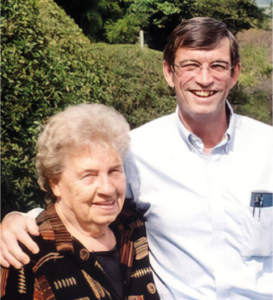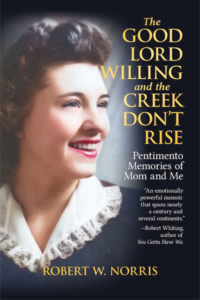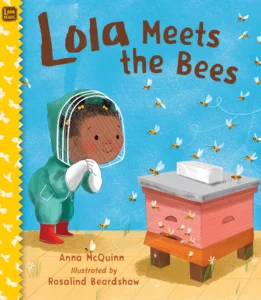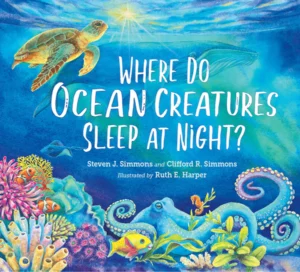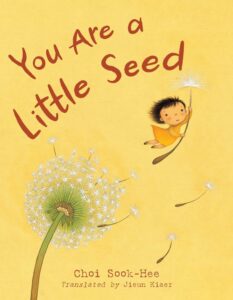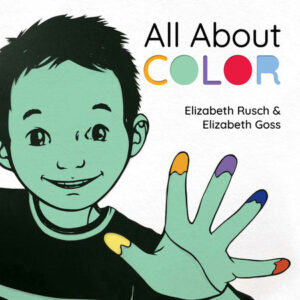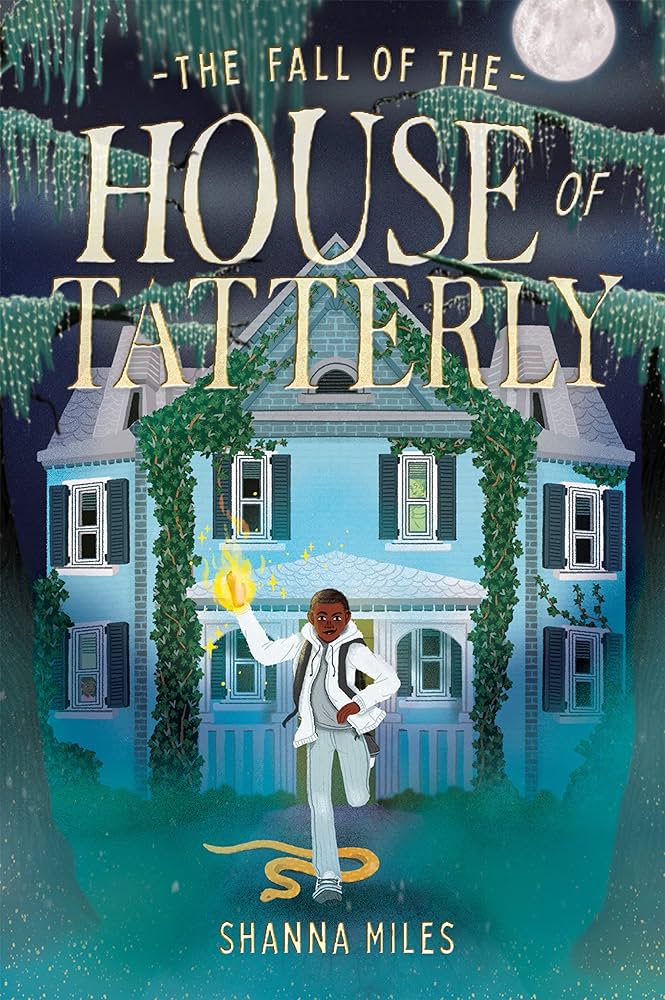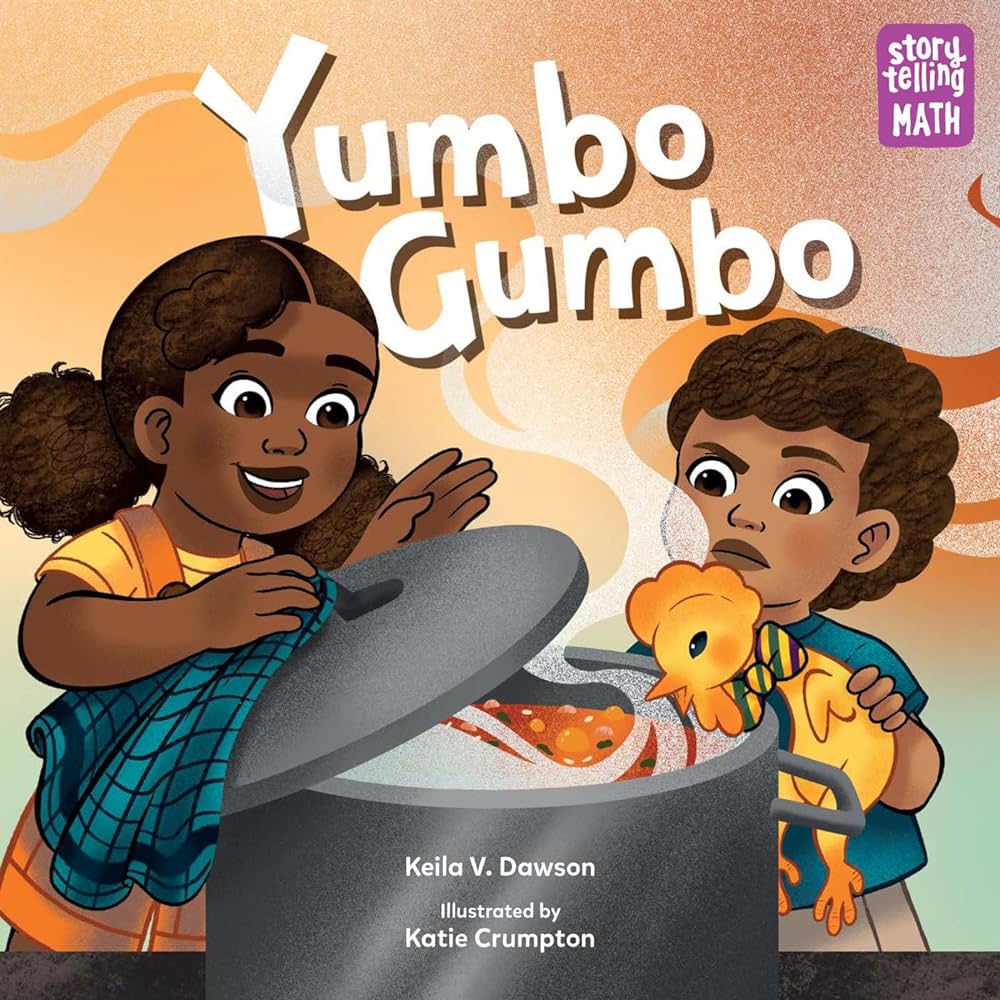Today I’m featuring a guest post by Robert Norris, author of a memoir that is also a tribute to his mother called, The Good Lord Willing and the Creek Don’t Rise: Pentimento Memories of Mom and Me. Here he talks about how she fostered in him a love of stories. Read on to the end to find out more about the author and his work.
My Mother Imparted to Me a Love of Stories
Mom died January 14th, 2021, just four days short of her 95th birthday. In the ensuing weeks, I spent a lot of time reading through the voluminous amount of correspondence we’d maintained for decades. She was a prolific letter writer and wonderful storyteller. Going through all those letters was like reliving our lives and many adventures together. It was the motivation I needed to write a memoir and tribute to her life and spirit.
If there’s one gift that I treasure among the many she gave me, it’s the love of stories. As a kid, I would sit at her feet enraptured by her tales of her family migrating from North Dakota to Oregon and Washington during the Great Depression. She told these stories with such color and generosity of spirit that it seemed she’d never suffered a moment in her life, that truly a life of poverty was the path to happiness, that warmth and laughter were to be found in the rags one had to wear day after day, in a diet of potatoes and cabbage, in freezing winter nights huddled together in the bed of a jalopy truck on the side of a road, in their pilgrimage across the mountains, valleys, and plains of 1930s Montana, Idaho, and Washington.
In later years after her divorce from Dad and excommunication by the Catholic Church, she would tell the story of going to church one Sunday and the priest refusing to give her Communion. When he bypassed her at the Communion rail and moved on to the next person, she reached out, grabbed him, and gave him a piece of her mind. When I’d ask her what the reaction of the rest of the congregation was, she’d shrug her shoulders and say, “Oh, you know how people are. They just clucked away like a bunch of hens in a henhouse.”
A few years after I became a conscientious objector to the Vietnam War, refused my military order to go fight in the war, and spent time in a military brig, Mom admitted to me that she’d finagled her way on to my air base shortly after my court martial, stormed into my commanding officer’s office, and was physically escorted off the base because she insulted him when he wouldn’t let her see me. She said the security police told her she could be shot if she tried to get on the base again. I remember Mom winked at me and said, “Once again, I didn’t control my Irish sassiness. Maybe it’s one of the reasons I’ve survived this long.”
In 1983, my nomadic ways brought me to Japan, where I eventually found my niche as a university professor teaching English. Over the next three decades, Mom made several trips to Japan. She began studying the Japanese language in order to try to communicate better with the people she met here. Sometimes she was accompanied by a friend and the two of them would have little adventures on their own while my wife and I were working. Later on at supper, she would regale us with stories of her encounters with the people she’d met, her misadventures with the language, cultural misunderstandings, friends made and hugs exchanged, and the many kindnesses shown her. Sometimes she’d conclude those stories by saying, “You can take the girl out of the country, but you can’t take the country out of the girl.”
During the last month of Mom’s life, she often fretted about the possibility of her loved ones forgetting her. That was an impossibility. I’ll never forget her unconditional love, her infectious laugh, her warmhearted hugs, and her family stories. Oh those stories. That’s why I wrote the memoir!
———–
Bio
Robert W. Norris was born and raised in Humboldt County, California. In 1969, he entered the Air Force, subsequently became a conscientious objector to the Vietnam War, and served time in a military prison for refusing to fight in the war. In his twenties, he roamed across the United States, went to Europe twice, and made one journey around the world. In 1983, he landed in Japan, where he eventually became a professor at a private university, spent two years as the dean of students, and retired in 2016 as a professor emeritus. Norris’s latest book is The Good Lord Willing and the Creek Don’t Rise: Pentimento Memories of Mom and Me, a memoir and tribute to his mother. He and his wife live near Fukuoka, Japan. Learn more about Robert at his website: https://robertwnorris.com/

